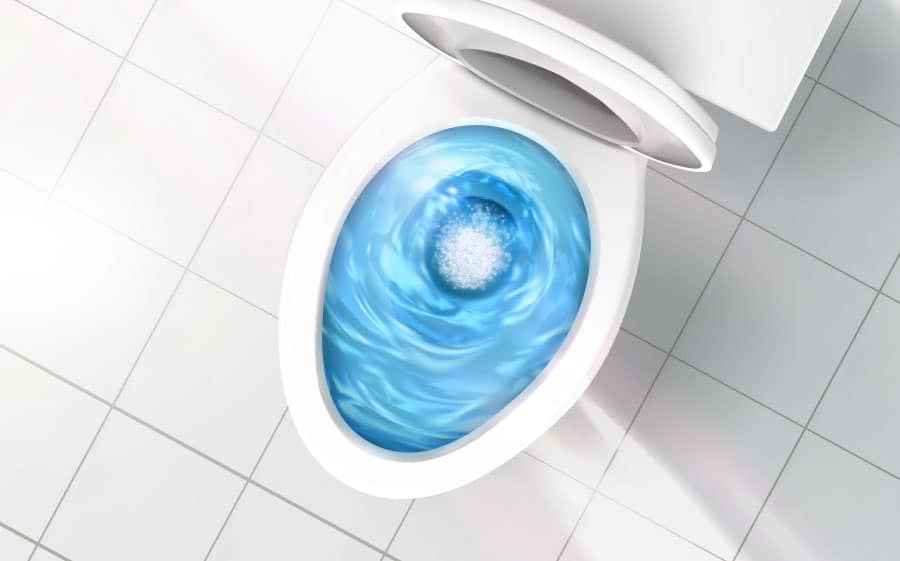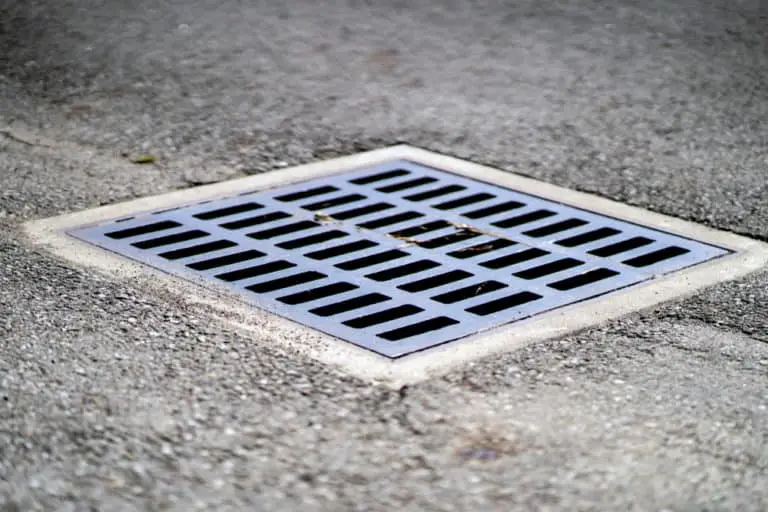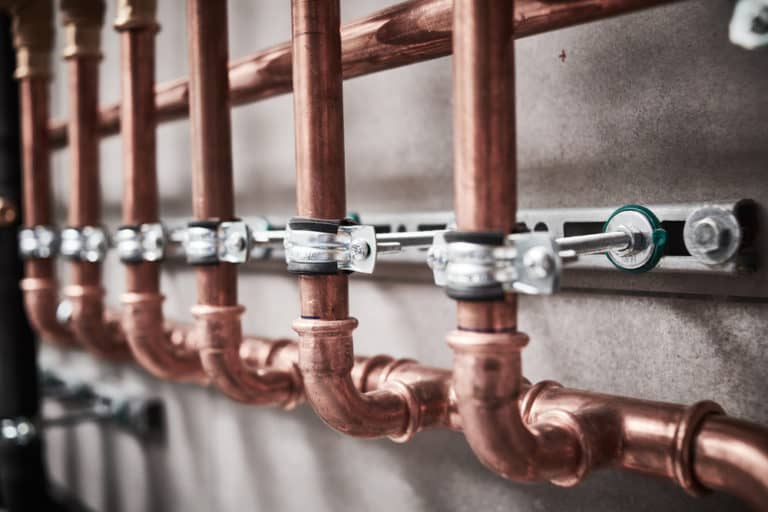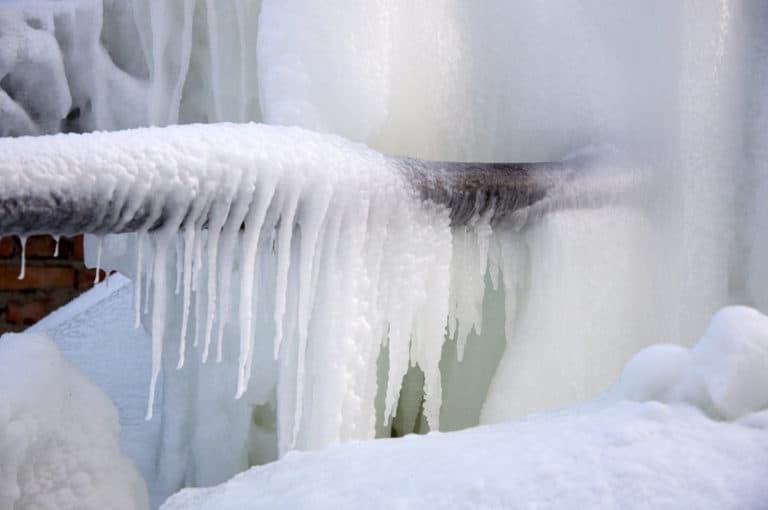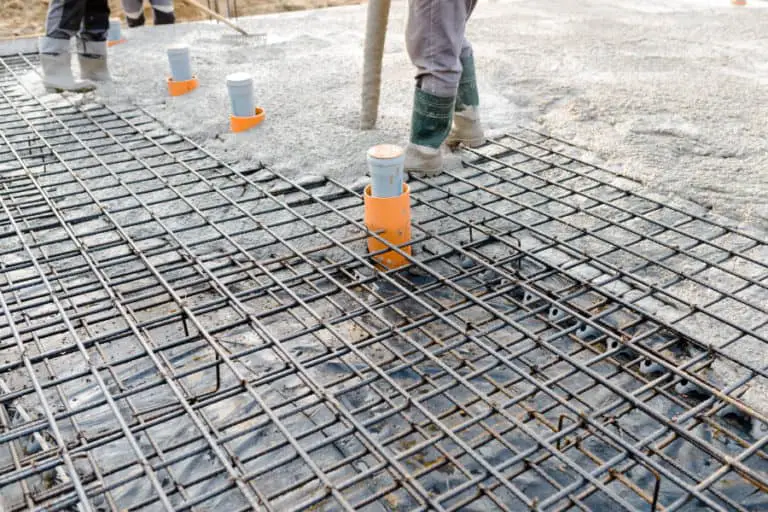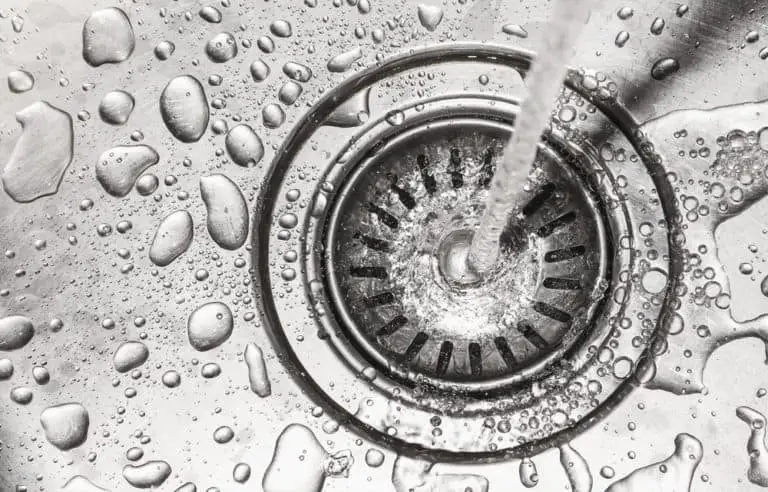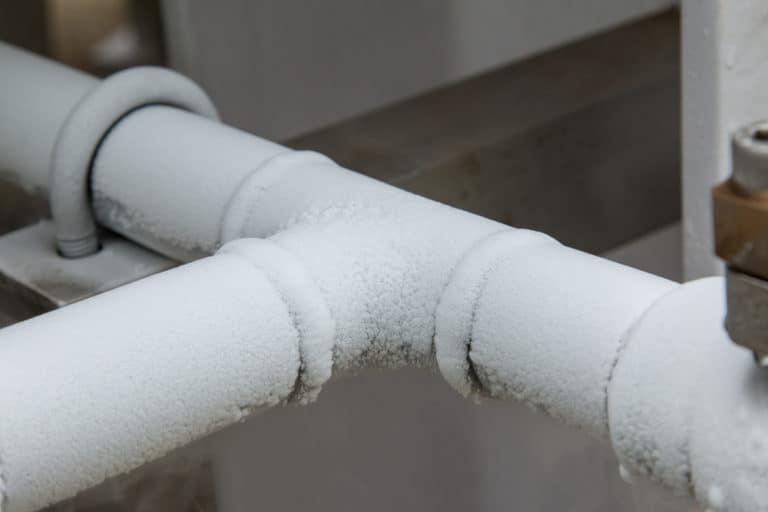Can a Toilet Vent be Upstream?
Toilets are the most noticeable plumbing fixture in terms of transporting water away. The majority of plumbing fixtures are intended to provide water, while toilets are mainly used to take them away.
Vent pipes are key to ensure that the gases from the waste within pipes are properly vented outside the house.
So can a toilet vent be upstream? A toilet vent can be upstream. The purpose of the vent pipe is to allow the sewer’s gases to escape from the house’s roof rather than inside the house. A vent also allows oxygen to enter into the sewer pipes, which allows the waste to break down and prevents clogging.
In this article, we’ll be going more into pipes, how water systems work, and what homeowners should know about the plumbing installed in their respective homes.
What is a vent pipe?
A vent pipe is a pipe connected to the waste pipes that allow for the gases from the waste to exit, usually through the roof the structure, as well as allowing oxygen to enter the pipes and enables bacteria to breakdown waste.
If there are no vent pipes or if the vent pipe is damaged, what will happen is that the waste pipes will become inefficient in moving waste out, or even worse, they’ll get clogged.
What does upstream/downstream refer to?
- Upstream refers to bring something away from or an “outlet.” Another term that could be used to describe upstream would be output.
- Vent pipes
- Waste pipes
- Downstream refers to bring something inward or an “inlet.” Another term that could be used to describe downstream would be input.
- Water pipes
Understanding the terminologies will help you communicate with your plumber, especially in determining where the pipes should go to best suit your needs.
The three types of pipes and their uses
There are three types of pipes that compromise the majority of a plumbing plan. These are the:
- Water pipes. A water pipe is what brings water to your system. The source can either be from a nearby well or a water tower.
- Waste pipes. This is where all the used waters go through. Each waste pipe on a floor level meets together at a “main” waste pipe, which then leads the waste outside to the main sewage pipe.
- Vent pipes
Main things you should learn about plumbing as a homeowner
In my opinion, there are two things in a plumbing plan that homeowners should be required to know about, which are the GATE VALVE and the WATER METER.
- Gate valve. The gate valve blocks off a set of pipes. This is so that in case you have a broken fixture or pipe, you can immediately turn off the water to prevent flooding and a massive increase in your water bill.
NOTE: Always make sure that your gate valves are fully open. If the gate valve is partially open and water is flowing, this could cause the gate valve to break, which could be disastrous if you have a broken pipe/fixture.
- Water meter. The water meter measures how much water you consume. It’s especially useful to know where the water meter is because usually, that’s where the main valve is located. The main valve shuts down the entire water system of your house, which is a good practice to do if you plan on going out for a vacation.
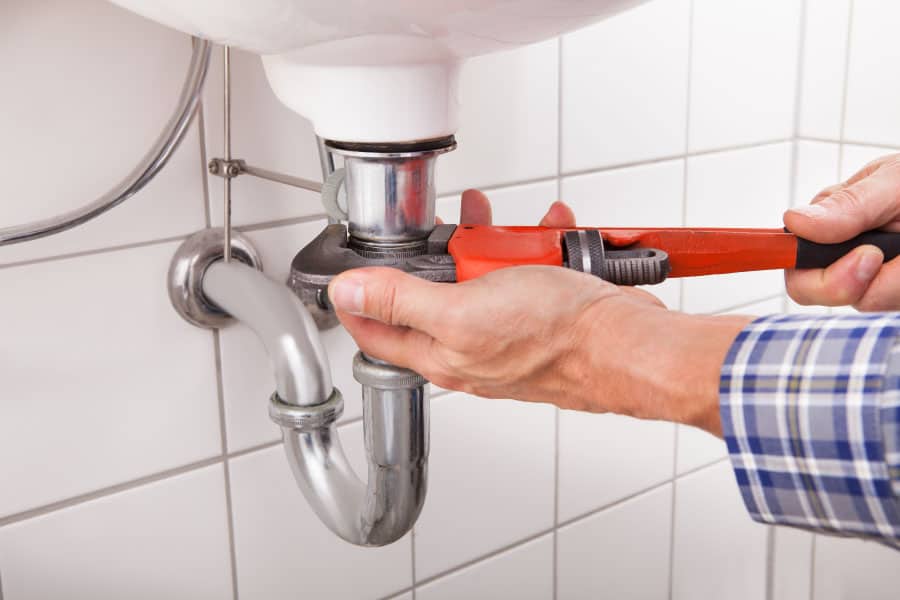
Pressure and why it’s essential to learn about it
Bear with me now; we’ll be going into a bit of basic physics to understand more about pressure and why it’s important for plumbing.
You will always want pressure inside of your pipes.
Pressure, as described in physics, is the amount of force exerted over an area. There are laws that allow engineers and plumbers to use pressure in a useful way.
“An example of this would be the hydraulic pres. How it works is that a certain force, let’s say 1000N is applied to a “Y” cylinder with an area of 1 meter. If the cylinder is next to a tank full of water with a “Z” cylinder at the end with an area of 2 meters, then the “Z” cylinder will also exert 1000N of force. This concept of physics, called Pascal’s Law” is IMMENSELY USEFUL because you end up exerting doubling the pressure with the same amount of force.”
“Another useful example would be the interactions between gases and liquids within a closed system. This is usually what allows water to travel to higher levels. Ever wonder why we go through the trouble of putting water up a tower instead of just keeping it on the ground? Atmospheric pressure is the name of the game when it comes to allowing water to travel up a building.”
A simplified explanation for the application of pressure is that the differences in atmospheric pressure will create a sort of “vacuum.” Think of it as a straw being sucked.
Think about a faucet, the air inside the water pipe is pressurized. That why it explodes when the faucet breaks. The difference between the air in the pipe and the air within the bathroom will cause the water to be sucked out.”
You might be asking why I’m going on about this at such lengths. It’s because the master plumber uses these laws and rules of liquids and gases to create a system that is efficient by consuming less energy.
A general rule of thumb in the construction business is that less energy = less SPENDING.
Why are pipes round when structures are usually rectangular?
It might seem like a good idea at first if pipes were rectangular instead of circular. It would seem more efficient because rectangular pipes would fit better in walls, deliver more water, and you’d only need to worry about the sides that aren’t attached to the wall.
This doesn’t work because a rectangle and any other polygon have edges. Pressure and edges don’t mix together, and edges will affect the performance of the pipes as well. The pressure would build upon the edges of a rectangular pipe and will cause more harm than good.
However, there is a use for square pipes, also referred to as tubing, in the construction business. These are mainly for:
- Vents
Vents are for the circulation of air across the building, which is vital for spaces that don’t have a passive source for ventilation, such as windows. A rectangular vent works because the shape of a rectangle is the most efficient for carrying air, given its cross-section area, allowing the vent to transport more air in and out compared to other pipes.
- Outer shell for pipes
Having an outer “pipe” to protect your water pipes can be utilized if the wall is thick enough to support this system. The extra insulation, protection, and utility that a square pipe provides should be considered. The biggest setback for this method however, is that you won’t be able to tell if a pipe is leaking unless you use grates to allow water to go through.
Conclusion
Pipes are an essential part of a house, as water is a requirement in all of our daily lives. It’s important to develop a basic understanding of how this system works to better appreciate the convenience it provides and to know the necessary actions to take to if something goes wrong.

